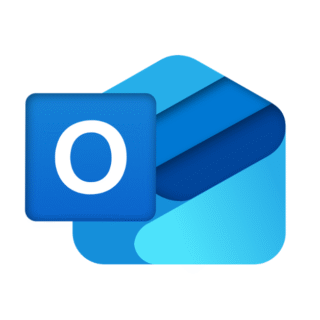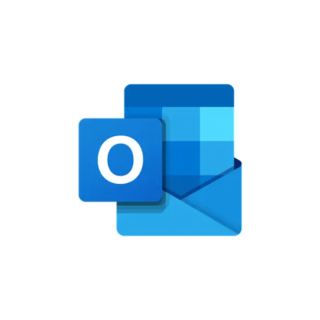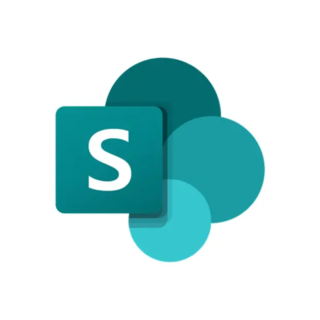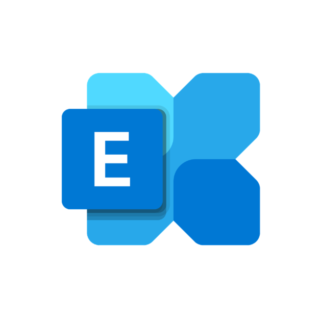How to configure work hours and work location in Outlook using Microsoft Graph (Preview)
Microsoft has introduced new Microsoft Graph APIs to configure work hours, work location, and location sharing settings in Outlook. These APIs are currently in Preview.




